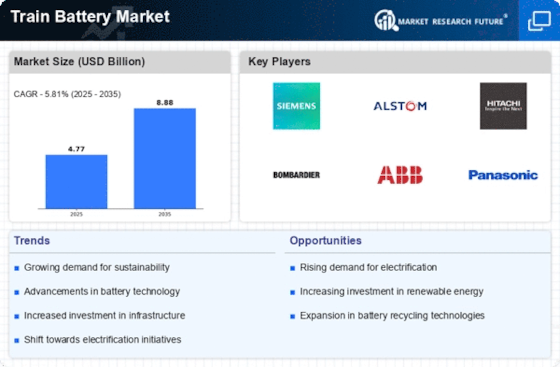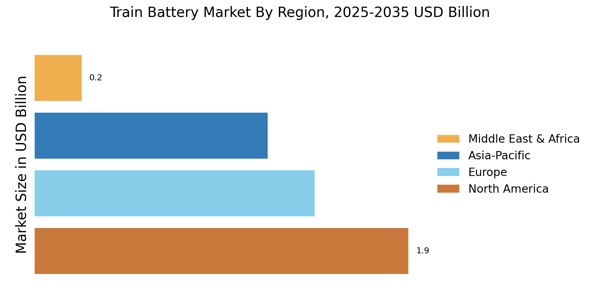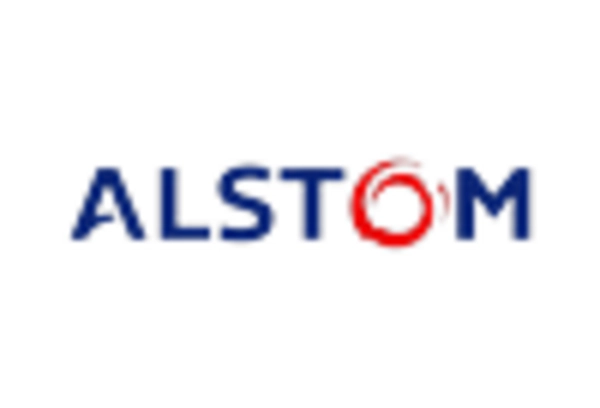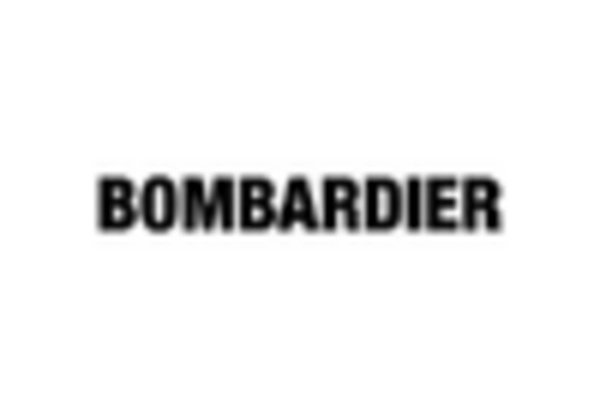The Train Battery Market has grown significantly due to rising electrification in the railway sector and increasing demands for reliable energy sources. The landscape is highly competitive, with several key players developing innovative technologies to enhance battery performance, efficiency, and lifecycle.
Companies are focusing on research initiatives to address issues such as energy density, recharge times, and sustainability. The growing trend towards green energy solutions and stricter emissions regulations are driving demand for advanced battery systems in trains, thus intensifying competition among players vying for market share.
Strategic partnerships, mergers, and acquisitions are becoming more common as firms look to bolster their capabilities and expand their service offerings. The market is characterized by a blend of established corporations and new entrants, creating a dynamic environment where agility and innovation are essential for success.
NorthStar Battery has established itself as a formidable presence in the Train Battery Market, known for its strength in advanced lead-acid and AGM (Absorbent Glass Mat) battery technology. The company effectively combines robust design features with operational efficiency, thus providing reliable power solutions tailored to the demanding conditions encountered in rail applications.
NorthStar Battery's commitment to long service life and quick recharge capabilities has positioned it as a go-to choice for rail operators seeking dependable battery systems that maximize uptime and minimize maintenance costs.
Furthermore, its focus on environmentally responsible production techniques enhances its appeal amid increasing global pressure for sustainable technology solutions. By continually investing in research and development, NorthStar Battery aims to meet evolving market challenges and maintain competitive advantages within the sector.
Hitachi is another significant player in the Train Battery Market, recognized for its extensive expertise in energy solutions and advanced technology. The company offers a range of railway battery systems that emphasize performance and reliability, responding effectively to the growing demands of modern rail operations.
With a focus on high-efficiency designs, Hitachi provides batteries that meet rigorous standards for safety and environmental performance. The company's extensive experience in diverse energy sectors enhances its capability to innovate and adapt, making it a strong competitor in the marketplace.
Hitachi's commitment to leveraging cutting-edge technology, coupled with an established reputation for quality, allows it to serve a broad spectrum of customer requirements, thereby securing its position in the evolving train battery landscape.


















Leave a Comment